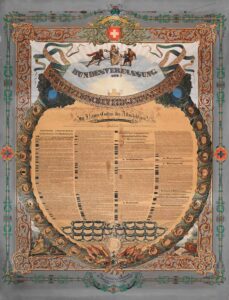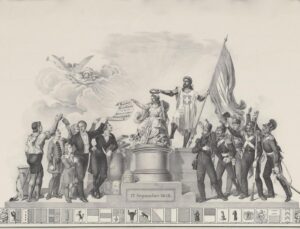
The Confederation's policy of concordance
The Swiss Confederation has had a constitution since 1848. Yet the history of this legal document, which is still in force today, dates back much further. It would be almost impossible to imagine the federal state in its current form without this historical prelude.

Policy of concordance
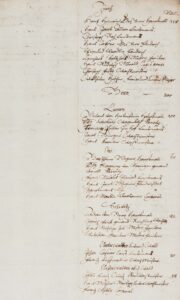
Attempts to revise the Federal Treaty, and the Sonderbund War
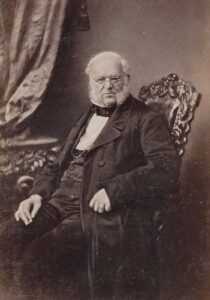
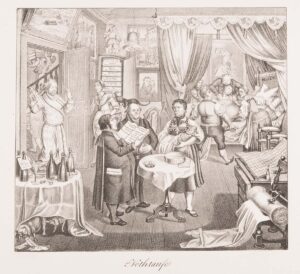

The genius of the Federal Constitution
